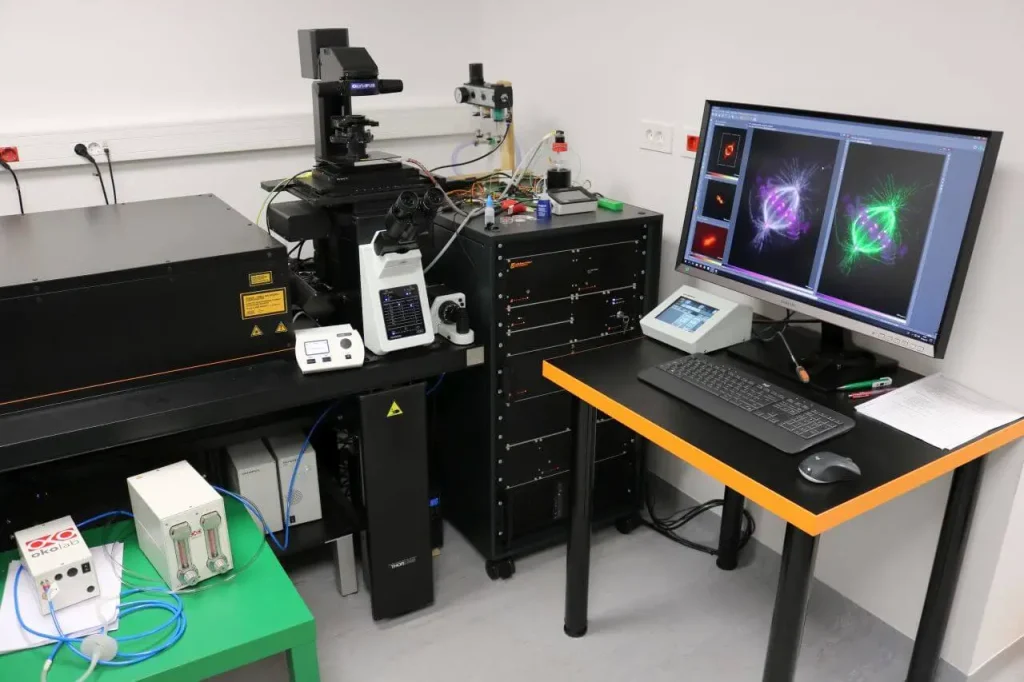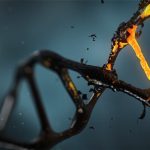The super-resolution microscope (STED) worth 4.5 million kuna has become a new edition to the selection of delicate but useful equipment the Ruđer Bošković Institute (IRB) uses to tackle the hottest questions faced by modern science.
As IRB reported in its press release, the microscope made its way to Iva Tolić’s lab with thanks to the European Union funds.
“Stimulated Emission Depletion microscopy (STED) is a super-resolution technic of fluorescent microscopy and one of the methods of overcoming the limitations of visible light microscopes in observing matter structures of incredibly small sizes. German physicist Stefan W Hell received the Nobel Prize for developing STED in 2014,” informed IRB in its press release. It also stated this is the first microscope of its kind in all of Croatia.
”With the help of this STED microscope, we can see three times the amount of small structures in a cell than we could before with the standard microscopes. We’ll use them for observing cell division, more precisely for chromosome division. When it comes to division, it’s very important that the chromosomes are well-connected microtubules, which are protein pipes that tie chromosomes and pull them onto separate parts of the cell. With this type of microscopy, we’ll be able to determine how microtubules are connected to chromosomes in various phases of spindle formation, which is still a mystery,” explains Iva Tolić.
As TCN previously reported, Iva Tolić’s team already made a significant contribution to cell biology and spindle research when their work led them to new information on microtubule-sliding.
In addition, back in 2014, the then-president of Croatia Ivo Josipović awarded her the Order of the Croatian Danica (the medal which boasts an image of a famous scientist, Ruđer Bošković) for her particular contribution to the promotion of science in Croatia and abroad.
”Tolić earned her international reputation due to her research into complex cellular processes. Namely, not so long ago, in cooperation with her colleagues from the Max Planck Institute, Tolić discovered the first potentially immortal organism – a special kind of yeast, which was isolated from African beer. This type of yeast is very special because it rejuvenates every time it reproduces. In the case of most other yeasts, the mother cell creates a young daughter cell while it ages and eventually dies. Contrary to that, the mother cell of this yeast splits into two equal daughter cells, which remain young throughout their divisions,” wrote IRB on its website at the time of the ceremony.
With Tolić’s international reputation and well-established name, as well as scientific findings found by other scientists at IRB, it is understandable that European Union funds supported the further development of IRB’s equipment.
”The outstanding power of STED microscopy allows researchers to discover complicated processes in cell structures. These understandings are the basis for further research on how specific medications, chemical compounds or bacteria and viruses affect processes in a live cell,” concluded IRB’s press release.
Learn more about Croatian inventions and discoveries from Tesla to Rimac on our dedicated TC page.
For more about science in Croatia, follow TCN’s dedicated page.











